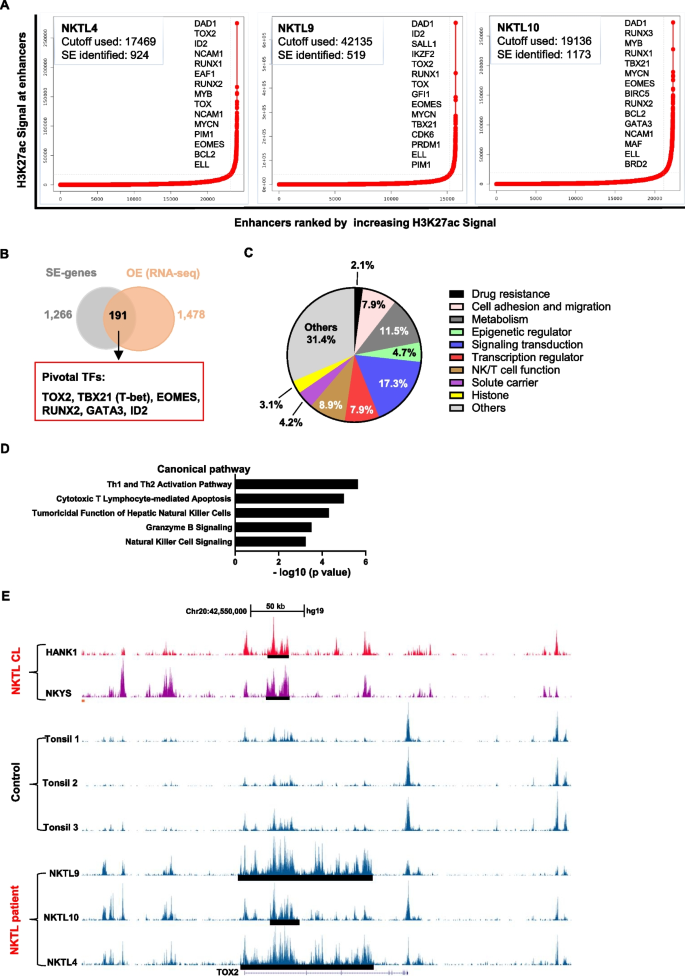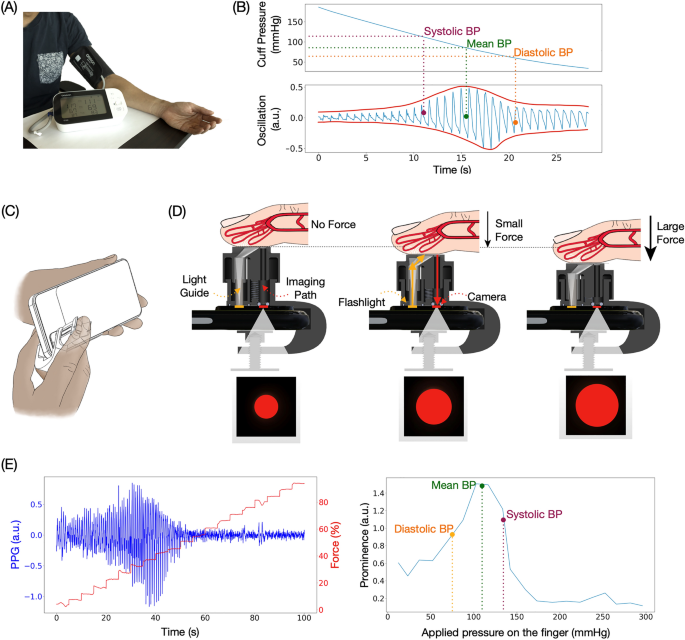2023-05-30 ニューサウスウェールズ大学(UNSW)
◆研究者らは、新しいゲノムワイド検査を用い、野生のディンゴの祖先は、これまで考えられていたよりも犬の割合が低いことを発見しました。このことは、「野生の犬」をコントロールするために用いられる殺処分が、実際には純粋なディンゴを対象としていることを示唆しています。
◆この発見は、ディンゴの管理と保護に影響を与え、純粋なディンゴの個体群を正確に識別し保護する必要性を強調するものです。また、ディンゴの地域差も明らかになり、頂点捕食者としての生態学的重要性が強調されました。
◆研究者は、研究者は、ディンゴの血統を多く含む履歴を持つディンゴの戻し交配種を含め、野生の家庭犬と区別するために保護政策を見直すことを推奨している。
<関連情報>
- https://newsroom.unsw.edu.au/news/science-tech/new-dna-testing-technology-shows-majority-wild-dingoes-are-pure-not-hybrids
- https://onlinelibrary.wiley.com/doi/10.1111/mec.16998
ゲノムワイド変異体解析により、オーストラリアのディンゴにおける混血と集団構造の新たなパターンが判明 Genome-wide variant analyses reveal new patterns of admixture and population structure in Australian dingoes
Kylie M. Cairns, Mathew S. Crowther, Heidi G. Parker, Elaine A. Ostrander, Mike Letnic
Molecular Ecology Published: 29 May 2023
DOI:https://doi.org/10.1111/mec.16998

Abstract
Admixture between species is a cause for concern in wildlife management. Canids are particularly vulnerable to interspecific hybridisation, and genetic admixture has shaped their evolutionary history. Microsatellite DNA testing, relying on a small number of genetic markers and geographically restricted reference populations, has identified extensive domestic dog admixture in Australian dingoes and driven conservation management policy. But there exists a concern that geographic variation in dingo genotypes could confound ancestry analyses that use a small number of genetic markers. Here, we apply genome-wide single-nucleotide polymorphism (SNP) genotyping to a set of 402 wild and captive dingoes collected from across Australia and then carry out comparisons to domestic dogs. We then perform ancestry modelling and biogeographic analyses to characterise population structure in dingoes and investigate the extent of admixture between dingoes and dogs in different regions of the continent. We show that there are at least five distinct dingo populations across Australia. We observed limited evidence of dog admixture in wild dingoes. Our work challenges previous reports regarding the occurrence and extent of dog admixture in dingoes, as our ancestry analyses show that previous assessments severely overestimate the degree of domestic dog admixture in dingo populations, particularly in south-eastern Australia. These findings strongly support the use of genome-wide SNP genotyping as a refined method for wildlife managers and policymakers to assess and inform dingo management policy and legislation moving forwards.


